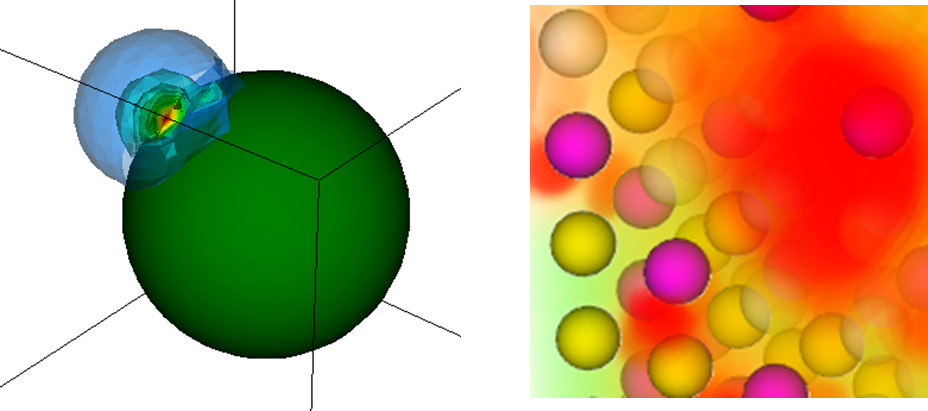Project 9
P9: Models & simulations for new insights into physiology of clocks and ways of adapting it
Collaborators
- PI Prof. Dr. Fuhrmann-Lieker (Chemistry) (öffnet neues Fenster)
- PI Prof. Dr. Gutekunst (Biology) (öffnet neues Fenster)
- PI Prof. Dr. Herberg (Biology) (öffnet neues Fenster)
- PI Prof. Dr. Mayer (Biology) (öffnet neues Fenster)
- PI PD Dr. Neupert (Biology) (öffnet neues Fenster)
- PI Prof. Dr. Popov (Physics) (öffnet neues Fenster)
- PI Prof. Dr. Stengl (Biology) (öffnet neues Fenster)
Project description
Circadian rhythms influence the physiology of many organisms. Mathematical modeling can help to understand how complex molecular networks can generate robust self-sustained oscillations and accurately respond to incoming signals. The main goal of this project is to develop suitable mathematical tools to analyze synchronization of oscillations of different frequencies and to encode their entrainment. Based on the data monitored in Herberg’s and Stengl’s group on custom-made platforms developed in Popov’s group we will build data-based models of temporal-spatial control of second messenger (Ca2+ , cAMP) signaling. To include spatially varying effects (such as diffusion) and inhomogeneous concentration distributions due to localized events we develop models consisting of systems of coupled partial differential equations (PDE) and ordinary differential equations (ODE) and modern numerical methods for their solution: adaptive Finite Elements in realistic three-dimensional geometries, Newton linearization and Krylov methods. Through numerical simulations of the developed models we can represent their oscillatory behavior, identify key parameters and as well important coupling factors between multiscale clocks/oscillators and their spatial distribution.

